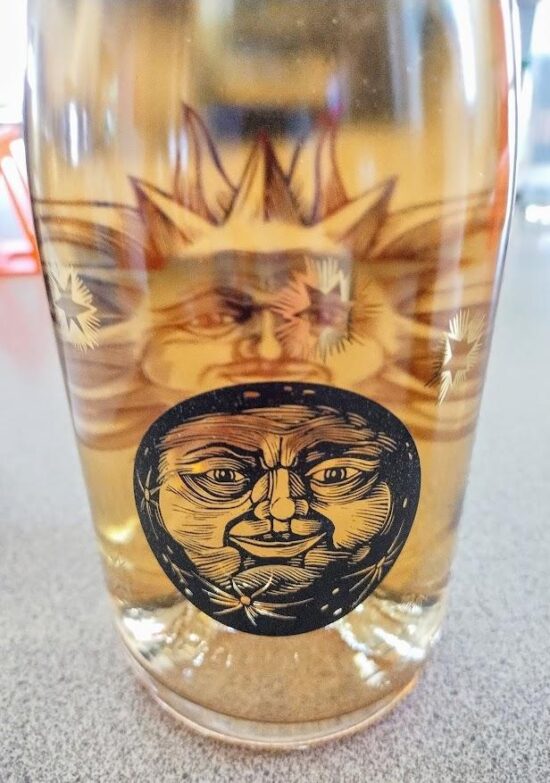
Brač is the largest island in the Croatian archipelago on the Dalmatian coast, and just eight kilometres (around an hour by catamaran) from the easily accessible and beautiful city of Split. Famous for its beach tourism (Zlatni Rat, a spit of gold on the south coast is frequently described as one of the best beaches in the world, and is familiar even to those who have never been there as its photo has been reproduced so many times), Brač is also known for its brilliant white limestone, largely quarried from Pučišća on the northern side of the island. This stone was employed in the construction of the Unesco World Heritage Diocletian’s palace in Split, and has been used in the thousands of years since for construction across the island and the world. There is even a much claimed tale that it was Pučišća stone used to face the White House in Washington, although there seems to be a degree of wishful thinking involved in this story. But stone, especially limestone, with its curious ability to be both water retentive and free-draining, is a perfect environment for the vine, and while Brač’s soils may not be as famous as Andalucia’s albariza does for Sherry, they are still pretty special.
Wine, of course, has long been a part of the rich culture of this part of the world, with its Roman, Venetian, Hungarian, Slavic and French periods all on display in the architecture, literature and cosmopolitan feel.
In wine terms, however, the islands of Korčula, Vis and Hvar are possibly more famous than Brač, pasrtly because they lay claim to indigenous varieties (although both Hvar and Korčula claim Pošip), and partly because, in Korčula’s case, they escaped phylloxera in the late nineteenth century, which devastated Croatia’s wine industry just as it did everywhere else. Master of Wine Jo Ahearne makes wine on Hvar, among other of Croatia’s best known producers. Many people left Brač after phylloxera struck and, even today, there are more people from the island in Chile than there are still on the island.
As a result of this exodus, and against the backdrop of the socio-political upheavals of the early twentieth century, the remaining wine families formed a co-operative in 1903. Although there are other individual wine producers on the island, it is this co-operative, or rather, what it has grown into, that accounts for the vast majority of the island’s wine production.
Based in Bol, an exquisite sun dappled Dalmatian town on the south side of the island, the winery is a commanding building right on the waterfront, and dominates the view of all the arriving boats. When constructed it was decreed that it had to remain as a winery, with a school on the top floor, and could never be sold off for conversion into an hotel or anything else (as might well have happened otherwise, given its situation). Winery, and school, it remains today.
Unfortunately, the rest of the twentieth century was not especially…



